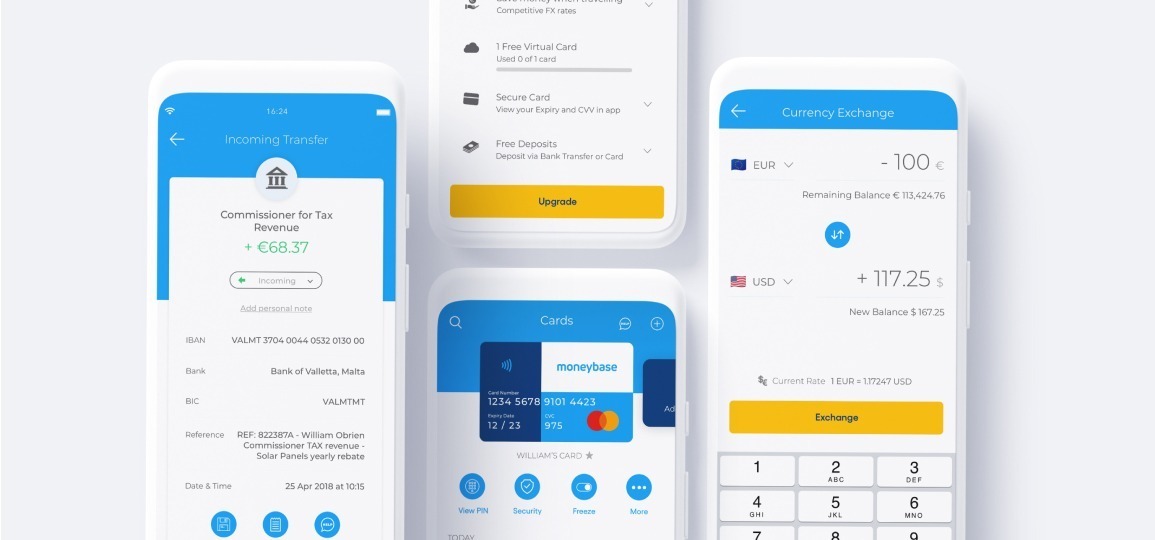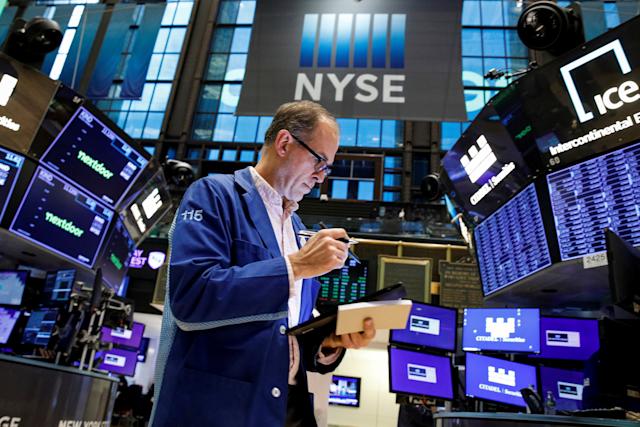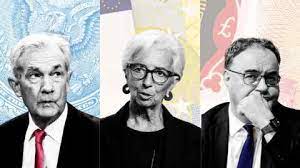Perhaps most famous for its fast-growing and cutting-edge cancer medications like Tagrisso, Imfinzi and Lynparza, AstaZeneca’s history is riddled with highs and lows. After years of flat growth thanks to stiff competition from the likes of Novartis AG, GlaxoSmithKline and Pfizer and its share of legal trouble forking out billions of dollars in federal fines and legal settlements, the global pharma giant has slowly yet steadily moved away from its turbulent history and is on the fast lane on the road to success.
And while COVID-19 has brought several companies to their knees, AstraZeneca’s partnership with Oxford University for a vaccine has made it one of the leaders in the race for regulatory authorisation, placing it once more into the limelight. The company’s US revenue stood at approximately $7.7 billion, while in the first half of 2020 its revenue increased by 14% in constant currency and with core earnings per share growing by 26% from a year ago. As its stock continues its steady ascent that started nearly four years ago, the company continues to rank among the largest drug companies in the world with a promising future ahead.

A brief history of AstraZeneca BA
At a time when the so-called merger wave was riding high across Europe in the late 1990s and pharma companies were facing increasing pressure as development costs for all sorts of medications were on the constant rise, two companies with a similar science-based background and a common vision decided to join forces. One of the largest-ever European mergers at the time, out of the fusion of the Swedish Astra AB and the British Zeneca Group, AstraZeneca was established in 1999.
Headquartered in Cambridge, United Kingdom and with much of its R&D (research and development) housed in Sweden, the move was met with much anticipation as it was expected the companies’ experience and expertise would help deliver long-term growth, while drive shareholder value through a stronger R&D platform that would boost innovation. At the same time, its global power and reach in sales and marketing was set to help the company cement a leading position in the industry. Following its founding, the pharma company began to focus on five key areas of research, namely cardiovascular, gastrointestinal, respiratory, oncology, as well as local and general anaesthesia, which have remained its main research focus till today.
Along the years, AstraZeneca has forged several research partnerships with many pharma and tech companies, while its corporate acquisitions have included those of Cambridge Antibody Technology, MedImmune, Spirogen and Definiens amongst others, boosting its ascent to the top and helping it join the club of the world’s leading pharmaceutical companies. But despite a string of bestsellers like Nexium, many of its blockbusters went off patent. Its oncology treatment Arimidex lost exclusivity in the US, plummeting sales by 86%, while the EU patents expired in 2010 and 2011 causing further profit losses. Its cardiovascular and neuroscience medication, the company’s largest segments also suffered the same fate. As patent expiries piled up, the company underwent a remodelling process, made mid-sized acquisitions and job cuts. These moves together with its new approach to R&D finally paid off making AstraZeneca a comeback story.
Then, when in early 2020 much of the world was gripped by the COVID-19 pandemic, forcing governments to implement strict lockdowns to curb the spread of the disease and with no clear-cut way to eliminate the virus in the horizon, it quickly became apparent that the only route to salvation was a vaccine. Serving as a golden opportunity, AstraZeneca soon became the most talked-about pharma company across the globe when its own vaccine emerged as a front-running candidate.
As of December 2019, the company employs around 70,600 people worldwide, 48.3% of which in emerging markets such as China, Russia, Central and South America, the Middle East, Africa and the Asia Pacific. Praised by many investors for its radical overhaul of its research and development pipeline and for being a leading name in the race for a COVID-19 vaccine, AstraZeneca’s shares have already risen by 15% so far with its equity valued at $148 billion.

AstraZeneca goes public
AstaZeneca’s stock was listed following the $37 billion merger between Astra AB and the Zeneca Group. On the first trading day, the stock’s closing price reached £29.46. With a primary listing on the London Stock Exchange and forming part of the FTSE 100 index, the company also has secondary listings on the Nasdaq, the BSE (formerly known as the Bombay Stock Exchange), the National Stock Exchange of India and the OMX exchange.
Interestingly, as the broader market spiraled downward last March, AstraZeneca’s stock hardly moved, with the company’s share price remaining fairly stable. One reason for this being so is that demand for its products remained strong, generating a consistent stream of revenue. The same applied at the height of the recession in 2008, so if you had invested $10,000 back then, purchasing approximately 500 shares and bearing in mind that the share price has since risen 164% from the start of January 2008 and almost 180% from its low, your investment today would be worth approximately $28,000.
AstraZeneca’s shares split
The company’s shares have split twice so far, once in 1998 with a 3-for-1 split and in 2015 with a 2-for-1 split. This means that for each share owned pre-split, a shareholder would now have 3 shares and 2 shares respectively. Although the market capitalisation before and after the split remained stable, the split means that the shareholder now owns more shares, yet each is valued at a lower price per share.
The stock has skyrocketed since the start of the COVID-19 pandemic. As the company is working on AZD 1222, the vaccine is already undergoing late-stage clinical trials in the UK, South Africa and Brazil. Back in August, AstraZeneca drafted a contract with the European Commission to provide as many as 400 million vaccine doses should it prove to be effective, while the company also promised 300 million doses to the US back in May and received $1 billion from the US Biomedical Research and Development Authority (BARDA) as part of the deal.
The company’s oncology medications have also been major revenue drivers in the first half of 2020, with revenue increasing by 28% from last year’s first half. Blockbusters include Tagrisso with $2 billion, Imfinzi with $954 million, Lynparza with $816 million and Calquence with $195 million. Symbricort, a medication used to treat patients with chronic obstructive pulmonary disease and asthma is one more notable product that brought in product sales of $1.4 billion in the first half of the year, an almost 23% increase from the same period the previous year.
With the company’s strong financials and core portfolio of products including the 166 products it boasts in its pipeline and the potential revenue a successful COVID-19 vaccine could bring in, AstraZeneca is certainly a buy you don’t want to miss out on.
Invest in AstraZeneca (AZN) with Moneybase Invest
Ready to buy a share in AstraZeneca (AZN), one of the world’s leading pharmaceutical company? Download Moneybase Invest, the award-wining live trading platform powered by Calamatta Cuschieri from the Android or Apple App Store or visit https://live.cctrader.com from any browser to sign up.
Moneybase Invest is brought to you by Calamatta Cuschieri and is licensed by the MFSA. C13729. Moneybase Invest offers direct market access and speed of execution and is intended for knowledgeable and experienced individuals taking their own investment decisions. The value of investments may go up and down and currency fluctuations may also affect investment performance.






